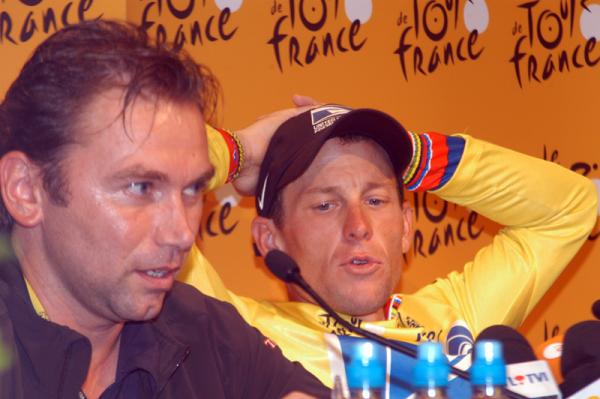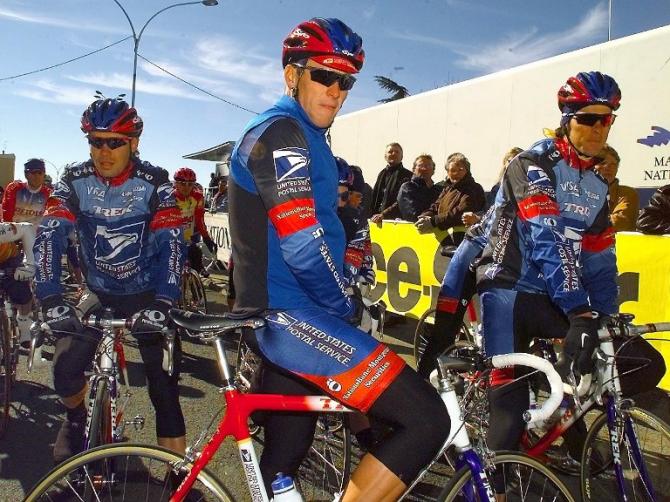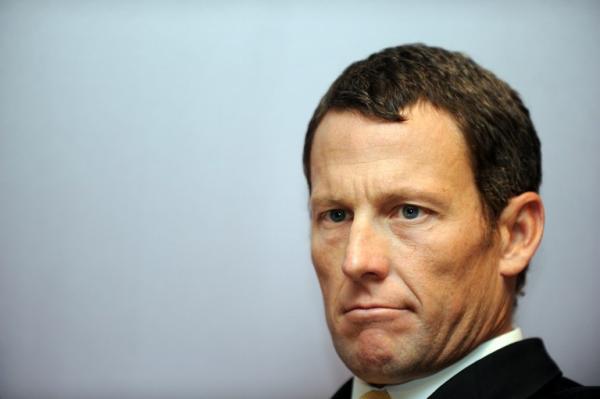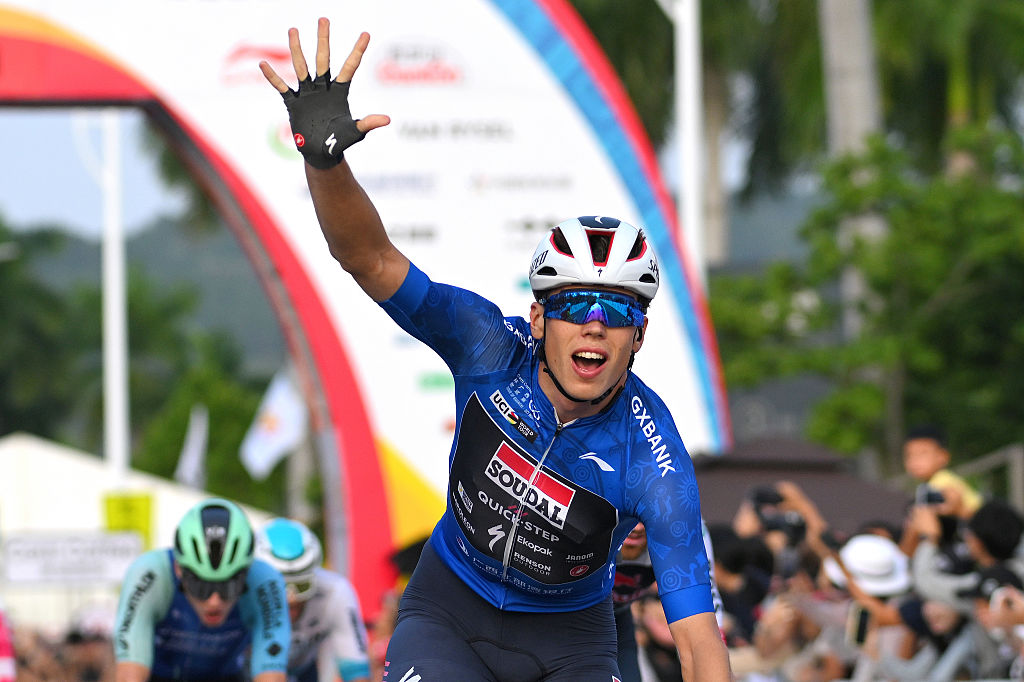UCI releases "full facts" on Armstrong's 1999 Tour de France doping controls
Governing body defends inaction in cortisone case



In response to documents leaked to the media showing that doping tests detected glucocorticosteroids in multiple samples from Lance Armstrong during the 1999 Tour de France, the UCI has responded by releasing what it declares are the "full facts" surrounding the controls.
In 1999, it was reported that one sample on July 4 had shown traces of the drug triamcinolone acetonide, but Armstrong and his team excused the result saying it was the result of saddle sore cream. On Tuesday, it was reported that three more of Armstrong's samples from the 1999 Tour showed traces of triamcinolone acetonide, based on a leaked internal memo. The UCI confirmed that data today, but insisted that none of its actions, or lack thereof, concerning the test results was incorrect because under the rules in place at the time, none of the actions by Armstrong were a violation: from the use of corticosteroids to the back-dated medical prescription.
The UCI states that it only became aware that Armstrong had received a back-dated prescription for a topical cream containing triamcinolone acetonide upon his televised confession to Oprah Winfrey this year, despite a first-hand witness account from soigneur Emma O'Reilly being included in David Walsh's 2004 book LA Confidentiel.
Armstrong did not declare the use of any such cream prior to his doping controls, and only after being informed of trace levels of glucocorticosteroids in his July 4 control did he produce a document from team physician Luis Del Moral. He declared the use of the cream on subsequent controls, the UCI stated. The same substance showed up in tests taken July 14, 15 and 21.
"It is not known what questions [doping control officer] Dr. Grosset-Janin asked Armstrong about medicines, or whether any such questions would have covered the use of a skin cream, rather than only forbidden forms of administration (medicines, pills or injections). Given that the use of a skin cream was not forbidden under French law and no prescription was required, it is possible that no questions were asked about this," the UCI's statement read.
Although it is not the case at the current date, the UCI stated that in 1999, "A medical prescription presented after the test fulfils the requirement of the UCI list."
The UCI also placed the burden of declaring anti-doping rule violations on the French Ministry which was in charge of the doping testing that year. It states that the ministry decided the inconsistent detection of the substance and the trace levels was consistent with the use of the cream, which was not a forbidden use of glucocorticosteroids.
The latest race content, interviews, features, reviews and expert buying guides, direct to your inbox!
Armstrong himself confirmed O'Reilly's account of the back-dated prescription, but was careful in his confession not to state whether he actually used illegal methods for delivering corticosteroids during the 1999 Tour de France.

